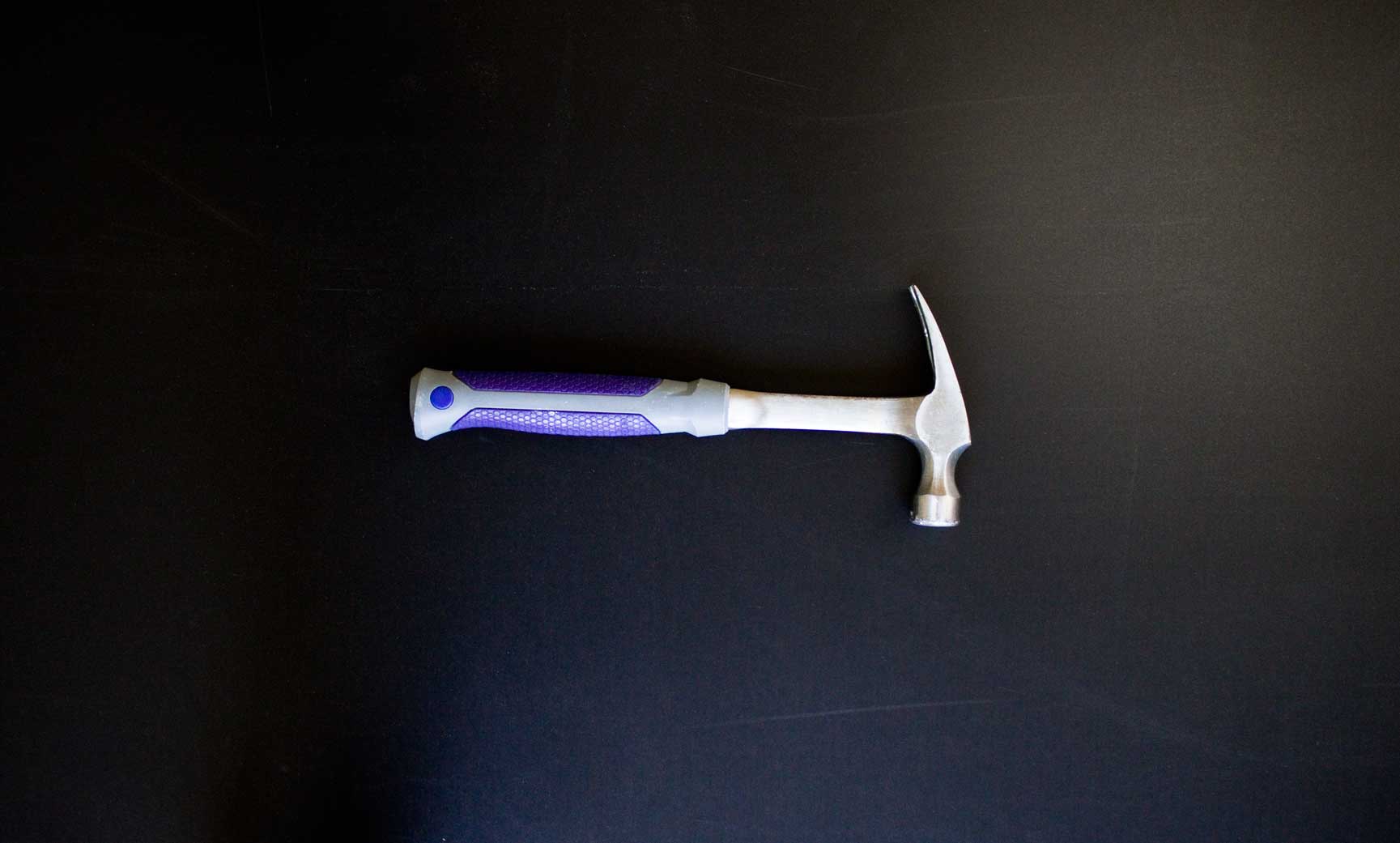A simple question packed with many decisions.
Perhaps there’s a closet, limited by space with clothes everywhere! Or a laundry room stacked with boxes and miscellaneous items hidden from guests. How about that small nook in the corner collecting dust waiting for a purpose? Or that rickety work-from-home table that your kid has commandeered for official business.
If you’re like me, things fester, even gnaw until you finally do something. With so many of us recently spending time at home, change can be refreshing and it can feel good. The neglected parts of your home or apartment can give as much satisfaction as the common areas.
Two mantras have brought me focus:
- make it functional
- make it inviting
Breakdown the pain points
Keep it casual at first. For example, declutter: get rid of those empty boxes that are stumbled over, donate unused clothes to make room, vacuum the dust, perhaps buy a few accessories, or repaint a wall to liven up the space. The simplest of solutions will present itself – a hook to hang a belt, a handle to pull a drawer, or an extra shelf. If that’s all it takes, then it’s just an ounce of your time with elbow grease. And it can be super budget friendly without overwhelming you!
Addressing larger problems may require better solutions that physically alter your space. Accompanied by larger budgets, anything could be possible through remodel. Time, cost, and resources play a role. Take it up a notch in planning.
Talk it out, loud
Is the project time sensitive? Do you have the time, resources, or knowledge to do-it-yourself? When my wife and I remodeled an empty room to an office, we agreed to work on it over multiple weekends. In the meantime, our dining table became a temporary workplace. We gave ourselves an acceptable timeline given other commitments, but no more than 6 weeks and a set budget to work the major areas. Our nights were filled with research and prep, drawing inspiration from places we had visited – a room that could take us away from our home without leaving our home.
50% of the cost is labor, ballpark – this after speaking with multiple local contractors. Money can work harder if one can save on labor and reallocate savings to materials. Of course, contracting can save lots of time (and pain), especially jobs that require a permit.
We discovered the best way to add value to our home by committing to projects that didn’t require major contracting or a permit while striking a balance with our goals. Don’t get me wrong, we didn’t always stick to the timeline with our little one running around. And if I have to be honest, plenty of mistakes were made and that’s ok – a risk mitigated by project scope and tenacity to continue trying outside of a comfort zone. The energy spent on collaboration brought my wife and I closer together – an experience worth every penny.

